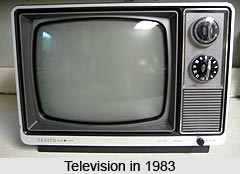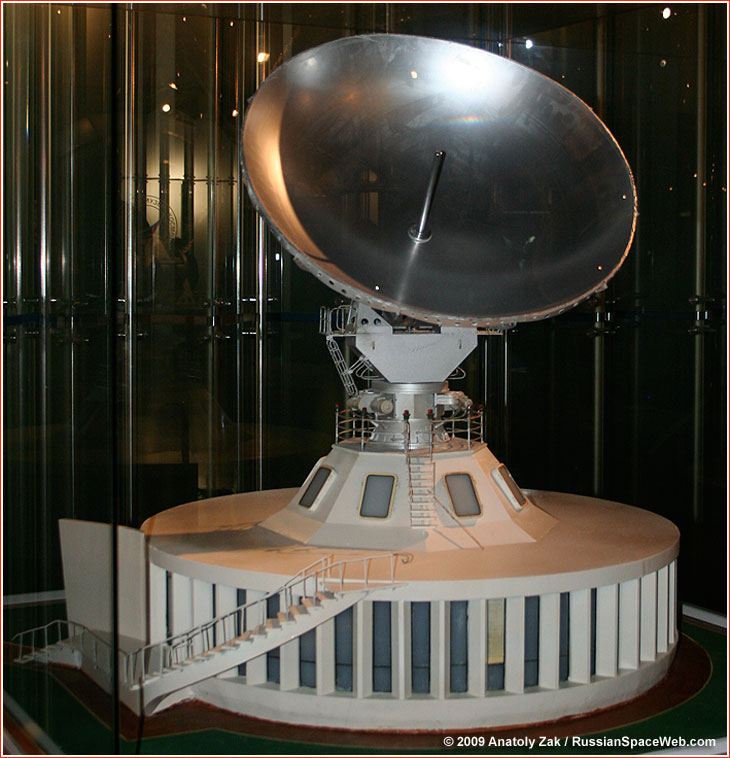Satellite television, or satellite TV, refers to the transmission of television signals from a satellite orbiting the Earth to a viewer's television set. The first satellite television signals were transmitted in the late 1950s, but the technology did not become widely available to the public until the 1970s.
The first experimental satellite television transmission took place on July 23, 1962, when the United States launched Telstar 1, a communication satellite that was able to transmit television signals from the United States to Europe. This experimental transmission was successful and paved the way for the development of more advanced satellite television systems.
In the 1970s, satellite television began to gain popularity as a means of delivering television signals to remote or hard-to-reach areas. Prior to the widespread use of satellite television, these areas were often unable to receive clear television signals due to their distance from terrestrial transmitters. Satellite television provided a solution to this problem by using a network of satellites orbiting the Earth to transmit signals directly to viewers.
As satellite technology continued to advance, satellite television became more widely available to the general public. In the 1980s and 1990s, satellite television providers began offering a range of programming options, including local and national news, sports, movies, and other entertainment. Today, satellite television is a popular choice for television viewers around the world, offering hundreds of channels and a wide variety of programming options.
In conclusion, satellite television was introduced in the late 1950s with the launch of Telstar 1, but it did not become widely available to the public until the 1970s. Since then, satellite television has become a popular choice for television viewers, offering a wide range of programming options and the ability to deliver television signals to remote or hard-to-reach areas.







